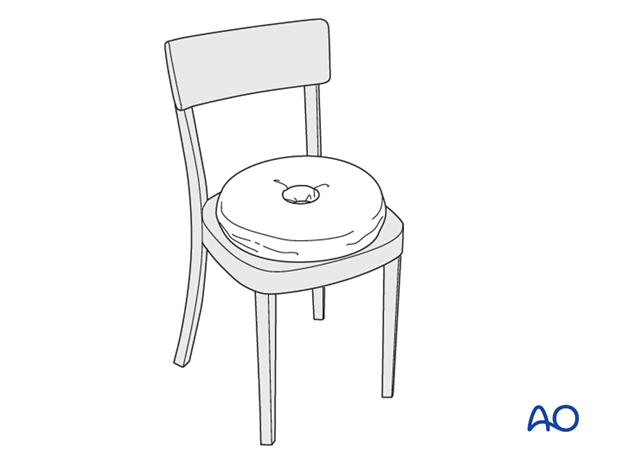A1 Coccygeal/sacral compression or ligamentous avulsion fractures
Coccygeal dislocations usually recover with nonoperative care. If significant displacement, especially anterior angulation, is present, a trans-anal closed reduction may be beneficial. Occasionally, coccygectomy must be considered for late persistent pain or functionally significant deformity.
Nonoperative A1 Coccygeal/sacral compression or ligamentous avulsion fractures
1. Introduction
The decision for operative or nonoperative treatment of pelvic ring injuries is based on:
Fracture stability, displacement, and pattern
Patient factors
Surgical skill and availability of equipment
Pelvic ring stability is assessed by the type and location of fractures and joint injuries involving the pelvic ring.
2. Treatment
Local pain and tenderness can be significant and interfere with sitting. Walking and standing as well as bed bound activities will soon become tolerable.
Coccygeal fractures and dislocations usually have little deformity. If there is significant angulation, closed reduction with local anaesthesia and digital intra-anal manipulation may be considered. The use of a donut cushion (central hollow area) or other pillow for sitting is usually helpful.


